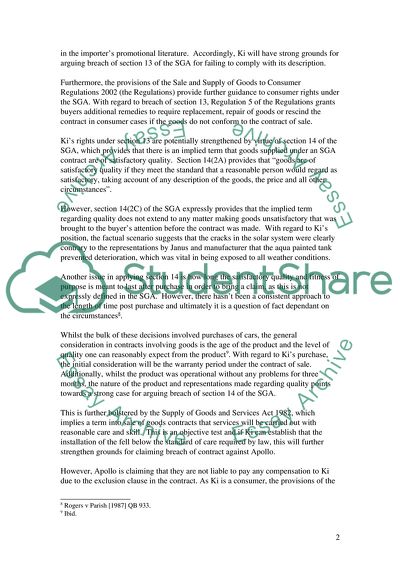Cite this document
(Commercial Law: Kis Rights under Contract Case Study - 2, n.d.)
Commercial Law: Kis Rights under Contract Case Study - 2. Retrieved from https://studentshare.org/law/1713803-commercial-law
Commercial Law: Kis Rights under Contract Case Study - 2. Retrieved from https://studentshare.org/law/1713803-commercial-law
(Commercial Law: Kis Rights under Contract Case Study - 2)
Commercial Law: Kis Rights under Contract Case Study - 2. https://studentshare.org/law/1713803-commercial-law.
Commercial Law: Kis Rights under Contract Case Study - 2. https://studentshare.org/law/1713803-commercial-law.
“Commercial Law: Kis Rights under Contract Case Study - 2”. https://studentshare.org/law/1713803-commercial-law.


